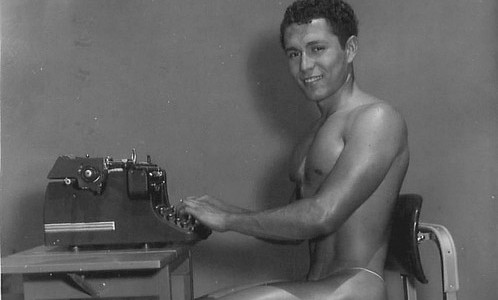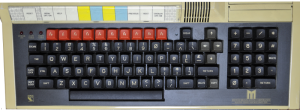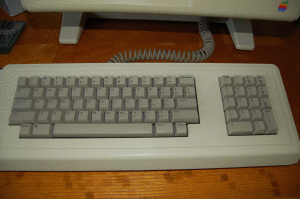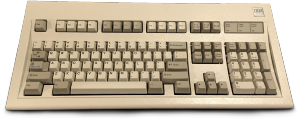It’s not what you think it is, that’s for sure. Basically, it depends on the manufacturer and for which operating system it was designed to be used with. One thing to note is that the Windows/IBM standard of putting the hash # on UK keyboards just to the left of the return key (on the same key as the tilde ~) was so we could have the more useful GBP sign £, not because that’s where it belongs. Essentially, you’ll see that it was put there to hide it away as it was little used.
Regarding the Mac keyboard layout for UK, I struggle to sympathise with their decision that the ‘standard’ position of the hash key # being ⎇ alt +3 instead of Shift + 3, so we can have the pound key £ – but I have learned it’s there all the same.
Just like anything else, many standards arise from sheer tradition. It is therefore simply tradition that sees Ctrl+C, Ctrl+X et al being the keyboard shortcut on IBM/Windows devices, in opposition to the view held by many that it’s “the correct keyboard shortcut”. In fact, the IBM keyboard didn’t feature a Ctrl key until 1986, 6 years after Apple had the Command Key ⌘ on their 1980 model. So if anything is the standard, it’s the Apple Cmd+C, Cmd+X et al.
In case you’re interested, here’s a look at a UK BBC computer keyboard layout,the Mac keyboard from 1980 and an IBM keyboard from 1986.



